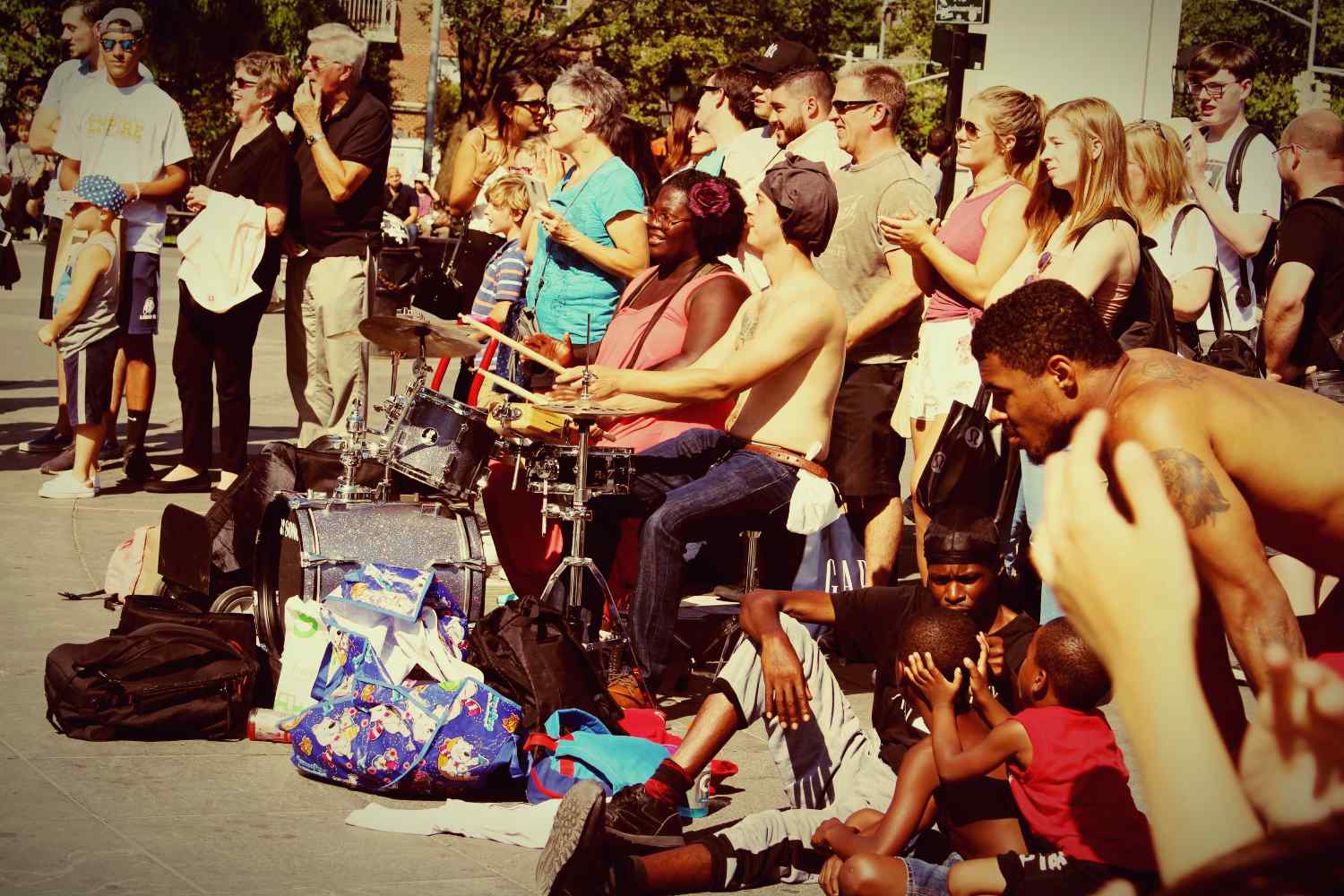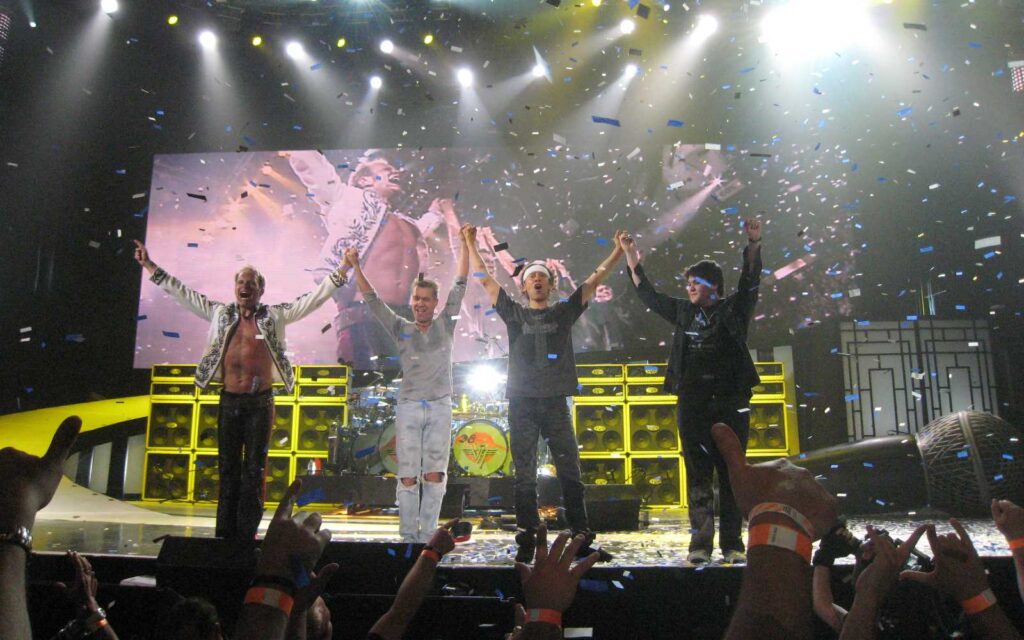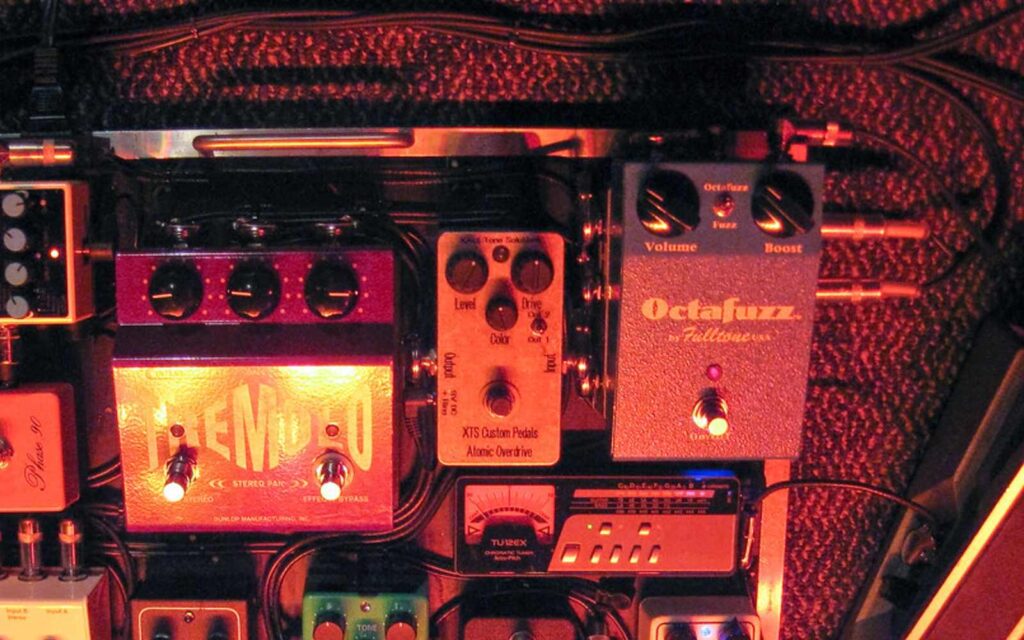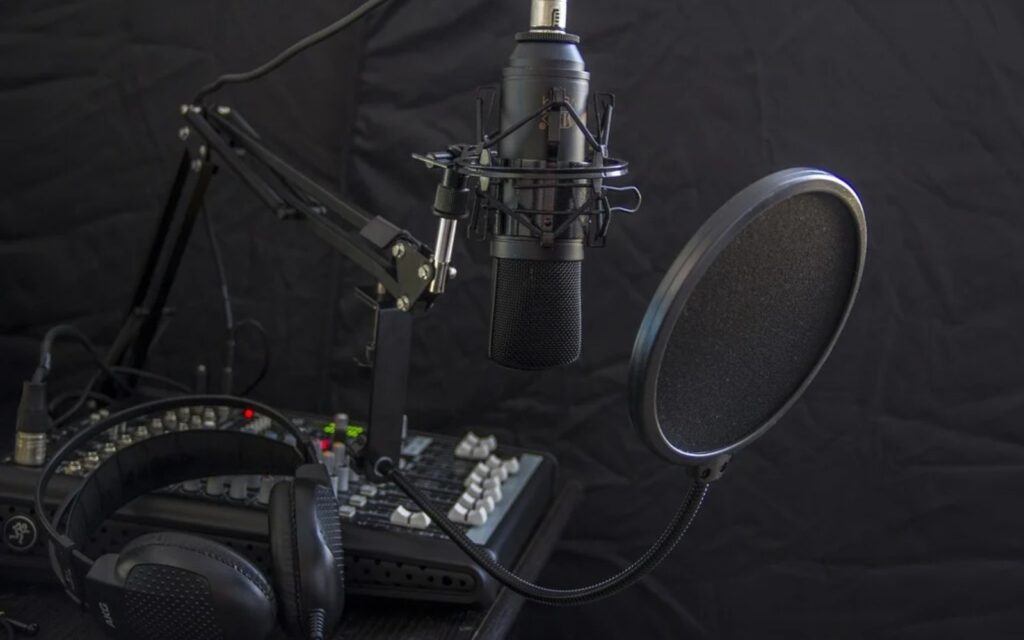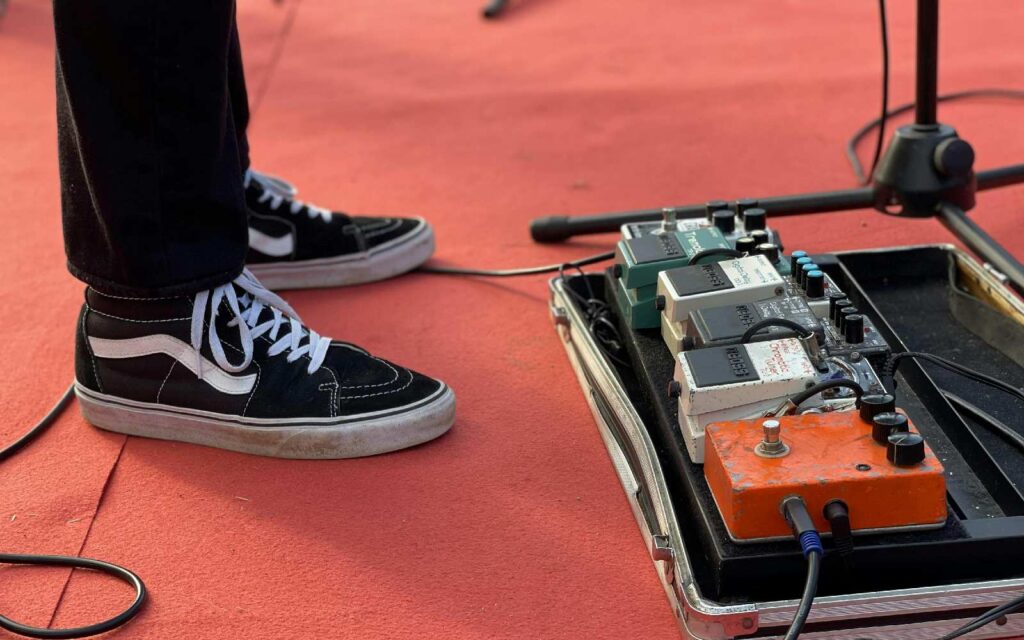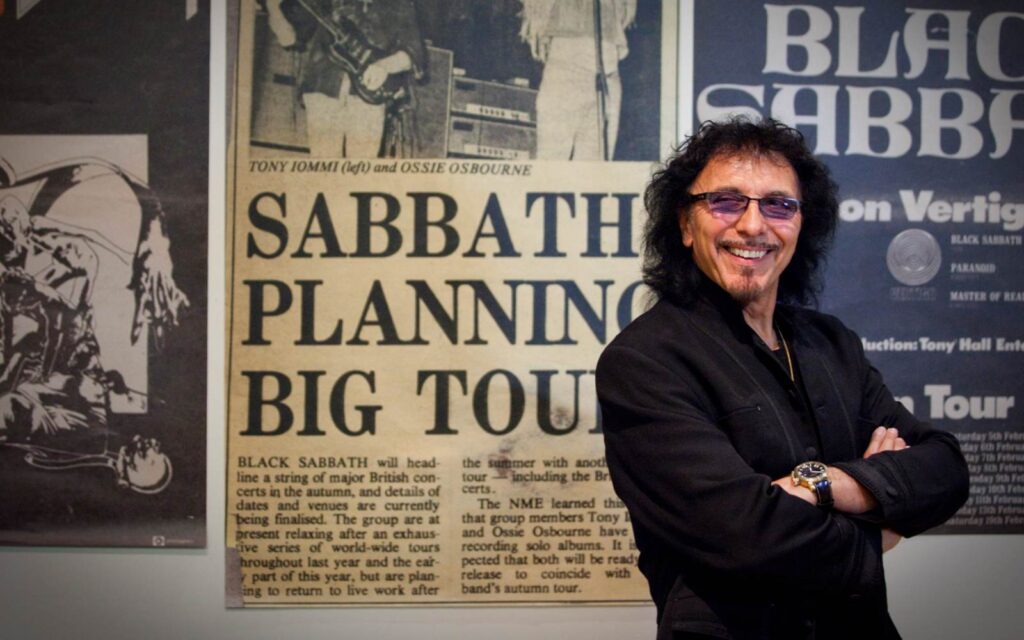How a relatively small neighbourhood gave rise to self-expression in spades
Home to creative radicals, artists, poets, jazz musicians and guitar-playing folk and blues singers, Greenwich Village is a neighbourhood on the west side of Lower Manhattan in New York.
Once inhabited with artists and visionaries who created an alternative culture.
Read all the latest features, columns and more here.
Folk Movement
Greenwich Village saw the birth of the 1962 folk movement, with folk musicians gathering and uniting among the row houses. Streets were filled with small coffee shops and clubs with folk buskers singing and playing out the front. Eventually, the coffee shops featured folk music too. George Margolin inspired the beginning of folk music in 1945, as a performer in Washington Square Park. By 1960, the Park was filled with hundreds of young aspiring musicians. Many folk artists passed through and played in the village such as Bob Dylan – who also lived there. It saw the rise of Jimi Hendrix, James Taylor, and many others who thrived there from the 1950s to ’70s.
Folk singers shared their interest in world peace, one of the reasons why “Greenwich had become world headquarters for a folk music scene that, to its own occasional shock and horror, was beginning to matter in the music and popular culture biz,” wrote critic David Hinckley. Spare basements that housed small club or coffeehouse is where folk performers came alive and performed. You’d catch them in popular places such as The Gaslight Café’ and Cafe Wha?. Folk singers collaborated among the mutual appreciation and respect for traditional pre-war folk music. The folk community became an influential certified subgroup within two larger movements: the civil rights and the peace movement. They worked on songs, dished the dirt, and argued strategy in someone’s apartment.
The Weavers were the first folk group formed in the village in 1947 by Ronnie Gilbert, Lee Hays, Fred Hellerman, and Pete Seeger. Many folk singers rose to fame in the Greenwich folk scene and would go on to perform at the Woodstock Music Festival.
LGBTQ+ Movement and Music
Greenwich Village was the heart of New York’s LGBTQ+ community. New York had strict laws forbidding homosexuality in public and private businesses. Undercover police would entrap gay men in bars, parks, and even restrooms. The oppression they faced caused them to fight back, marking history of the modern fight for LGBTQ+ rights across the US and helping shape the music industry.
A pattern of random police raids and harassment was occurring in many gay establishments within the Village. The 1969 Stonewall Riots in June saw the New York police raid the Stonewall Inn, a gay club located in the village’s west. Drag customers were held in the bar, as drag attire was illegal at the time. This continued a series of riots from the gay community against police. The LGBTQ+ community struggled to freely express their sexuality and their music. To surpass the barrier, they protested for spaces to be free from police raids.
The 1970s DJ David Mancuso was obsessed with high-end sound systems and throwing invite only parties in his loft, mainly catered to a gay crowd. This was a fear-free space where they could come together and dance without police harassment, encouraging the queer community to express themselves. Mancuso played from jazz to rock, and all the way to classical. The high-end sound system, playing for dancers and his light show creation, were all taken by club owners after 1977. He essentially influenced the creation of gay club culture, followed by DJ culture and producers who made music specifically to be played at the gay venues. In 1977 a gay DJ, Michael Brody also built an underground club to share his music in a safe space.
The 1970 Pride marked the birth of the LGBTQ+ rights movement. Today, it is an important haven for a marginalised queer community. In 2015, The Stonewall Inn was recognised as the ‘Stonewall National Monument’ – the first monument in the country dedicated to the LGBTQ+ movement. Their passion for music and strength of their voices empowered them to create history.
Beat Movement
The Beat Movement of the 1950s was the social and literary movement, centred in bohemian artist communities of America, including Greenwich Village.
They called themselves “beat”, to express their separation from conventional society. They adopted an alternative dress style, manners, and hip vocabulary adopted from jazz musicians. They advocated for personal grievances and protested conformism. They found the purposelessness of modern society a sufficient justification for their withdrawal from society. They were so far rejected from society that the “beats hated folk music”, Van Ronk said.
Beat poets aimed to transform poetry into an expression of genuine lived experience. They read their work, sometimes to the accompaniment of progressive jazz. Their verses were frequently chaotic. They dropped indecencies with references to sex, all intended to liberate poetry from academic precocity.
The poem ‘Howl’, by Allen Ginsberg became the most representative poetic expression of the Beat movement. It embodied the essence of the Beats’ voice. Ginsberg advocated for a free, unorganised work in which he put down his thoughts and feelings without plan to convey the immediacy of his experiences.
Over the years the village has become a trendy and chilled tourist attraction, consisting of historic townhouses, small theatres, shops and cafes as you stroll through. Some say it lost its village atmosphere due to all the apartments and buildings as well as empty or replaced shops.
All of these factors culminated into Greenwich Village being the prime place of residence for artists of all walks of life. A safe space for self-expression and the perfect birthplace of folk music.
Read more on England’s folk revival here.
